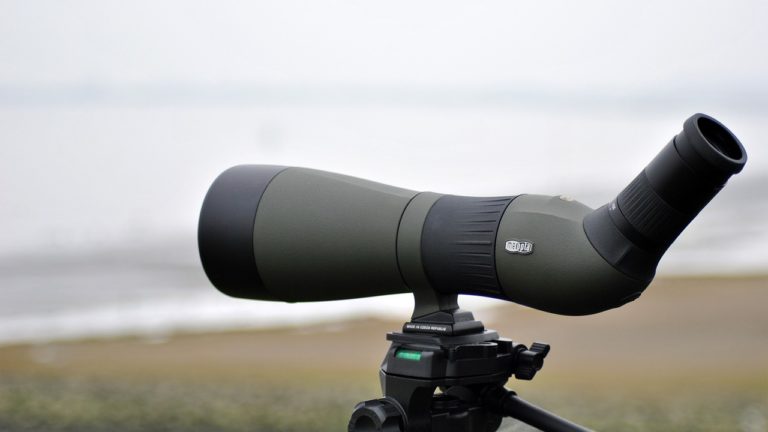Tips for Choosing a Spotting Scope

Binoculars are useful for bird watching and helpful for providing you with clues to the faraway birds. However, for the distance birds, you may be amazed at how a spotting scope makes the difference. With the best spotting scope under 500 you can find more birds and even distinguish field marks on distant shorebirds, hawks, and waterfowl that are quite impossible to see even with binoculars. When on the closer range, you can admire intricate plumage details that you have never seen before. If you have a digital camera or smartphone, you can be enjoying digiscoping. These are some of the things to consider.
Magnification Power
You should note that spotting scopes are regarded as medium-range telescopes. They have a magnification power of 15x and 60x. If you want to change the magnification power, you have to interchange eyepieces. When you start scanning an area using a spotting scope, it is a good idea to start with a lower eyepiece. After locating the birds, you ought to examine closely and then switch to a higher power.
Zoom Lenses
These lenses are meant to change the magnification power with a simple adjustment. They provide a definite advantage for watching birds and allow convenient scanning at low power. Like camera lenses, these lenses do not gather light. Moreover, when you increase magnification, your scope may suffer from a narrow field of view, more vibration, and less light.
Glass Quality
The top spotting scope lenses should be made of fluorite-coated ED (extra-low dispersion) or HD (high density). In fact, the difference between image quality and brightness between the scopes and those made by the same manufacturers is noticeable in low-light viewing conditions. It is a good idea to base your decision on whether you should go with high-priced glass or not.
Eye Relief
There is a need to pay attention to the amount of eye relief your spotting scope provides you. With longer eye relief, the optics direct focal point farther behind the eyepiece to ensure the wearer has a complete field of view. Ideally, 12 mm of eye relief is sufficient.
Focusing Mechanism
When it comes to spotting scopes, focusing is down in two ways. With the focusing collar and barrel of scope or just a whole barrel to ensure the image is sharper. Your dexterity and hand size can be an issue. You can find some scopes that are slower but offer more precise focusing. Therefore, try to find the right style that suits your preferences.…


